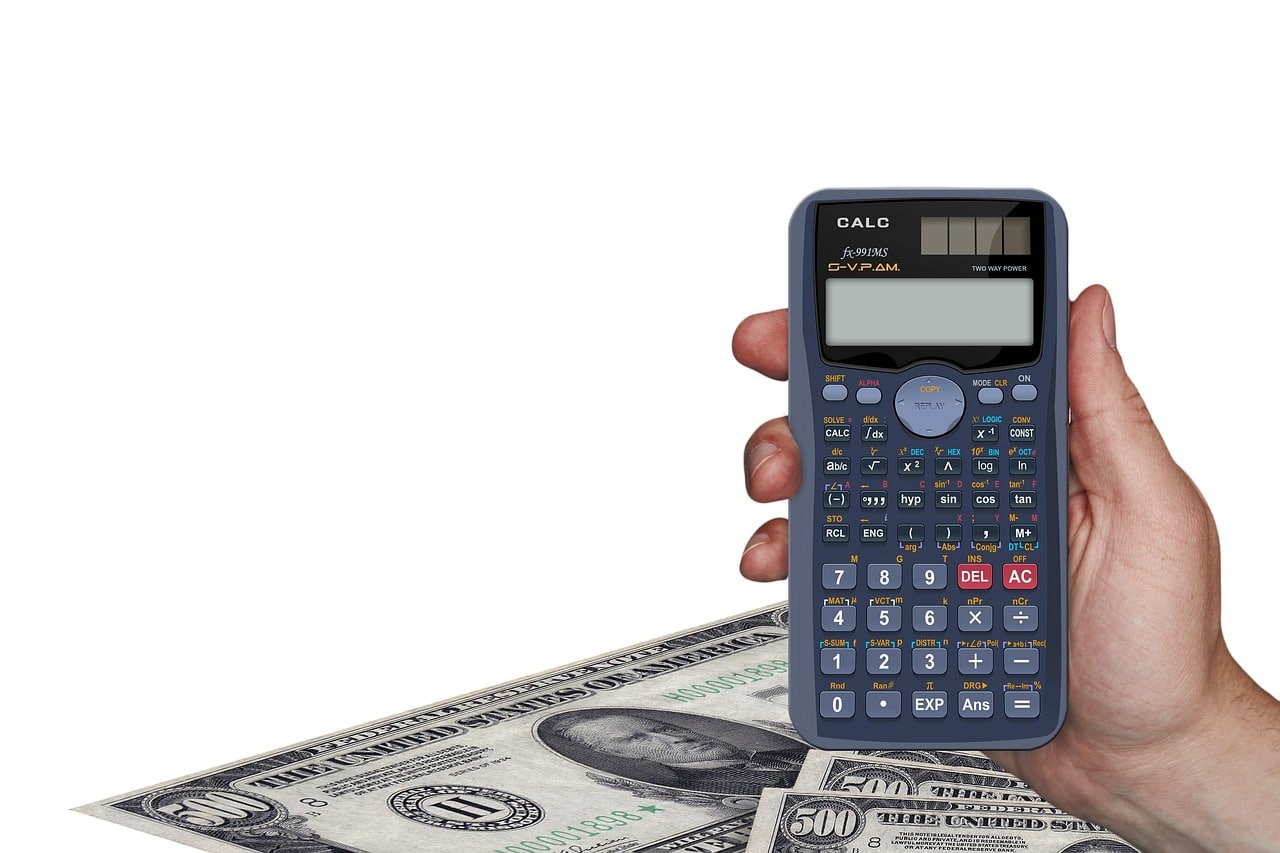How to Build a Savings Routine That Sticks

Building a savings routine can feel overwhelming at first, especially when money is tight. But having a consistent system can make it easier to save without overthinking every purchase. A routine turns saving from a once-in-a-while effort into something steady and reliable.
Learning how to establish a savings routine begins with understanding where your money goes. Tracking your spending habits helps you see what’s working, what’s not, and where you might be spending more than you need to.
It’s not about cutting out everything you enjoy. Instead, it’s about noticing patterns, like how often you eat out, what subscriptions you rarely use, or where small daily purchases start to add up. These small insights can help you make better choices without feeling restricted.
Key Takeaways
- A consistent savings habit provides financial stability and reduces stress over time.
- Tracking spending is the first step in identifying where savings can begin.
- Starting with clear, personal goals helps shape a routine that feels meaningful.
- Saving small amounts regularly builds momentum and encourages consistency.
- Automating savings removes friction and keeps the habit going without effort.
- The best saving frequency is one that matches your income and lifestyle.
Why Should You Build a Consistent Savings Habit
A consistent savings habit helps create more stability in day-to-day life. It provides you with something to rely on, even when your income or expenses fluctuate. With a routine in place, you are not scrambling to come up with money during emergencies or big life events.
Over time, saving regularly also builds confidence. It becomes easier to plan for things like vacations, home repairs, or unexpected bills without adding debt. According to a recent Bankrate survey, only 41% of Americans could cover a $1,000 emergency with their savings. A steady habit helps you move away from that statistic.
Consistency also supports long-term goals. Whether you’re aiming to buy a home, start a business, or retire comfortably, small deposits made regularly can grow into something meaningful. Compound interest plays a big role here. The earlier and more consistently you save, the more your money can work for you.
Steps to Start a Savings Routine That Works
Like any habit, building a savings routine takes time to settle into a rhythm that feels natural. Some people find their groove within a few weeks, while others need a couple of months to adjust. The key is to let the habit grow gradually, without pressure, to get everything right from the start.
Step 1: Set Clear and Personal Goals
A routine feels more meaningful when it’s tied to something specific. Think about what you want your savings to do for you. This might include building an emergency fund, preparing for a vacation, paying off a large expense, or reaching a future milestone.
Knowing your “why” keeps you focused when motivation dips. Savings goals can also help break a large number into smaller, monthly, or weekly targets, which makes the habit easier to manage.
In fact, people with written financial plans are 96% more likely to feel financially stable. Setting your goal is the first step toward creating that sense of control.
Step 2: Review Your Monthly Cash Flow
Before choosing how much to save, it helps to understand what’s already happening with your money. Cash flow refers to the amount of money that comes in and the amount that goes out. List all sources of income, then subtract fixed expenses like rent, loan payments, and utility bills. Follow that with flexible spending on things like groceries, subscriptions, dining, or shopping.
Many people are surprised by how much money is spent on small, frequent purchases. Tracking your expenses, even for a few weeks, can reveal habits you didn’t realize were costing you more than expected.
Step 3: Choose an Amount That Feels Doable
The best savings amount is the one you can stick with. It could be $20 a week or $100 a month. What matters most is consistency. Starting small removes pressure and helps you stay committed without stretching your budget too thin. Over time, these small amounts add up. Even if you are living paycheck to paycheck, there is still value in saving something.
Step 4: Decide Where the Money Will Go
Keeping your savings separate from your spending money helps prevent temptation. A dedicated savings account can make this easier. High-yield savings accounts, in particular, offer better interest rates than regular checking accounts, so your money grows more quickly.
Some people open multiple savings accounts, which makes it easier to stay organized and track progress. Digital wallets and budgeting apps can also be helpful tools. Many now offer goal-setting features that allow you to automate and visualize your progress, which can keep you motivated.
Step 5: Build Saving Into Your Routine
Saving works best when it becomes automatic. Linking it to an existing habit, like payday or monthly bill payments, makes it easier to remember. Many people find that setting up automatic transfers eliminates the need to make the same decision repeatedly. This can help protect your savings from impulse purchases or forgotten deposits.
Some prefer weekly transfers, while others prefer saving immediately after receiving their salary. Both approaches work, so choose the rhythm that fits best with your lifestyle and cash flow.
Step 6: Monitor and Adjust as You Go
A savings routine doesn’t need to be perfect from the start. Life changes and your habits can change with it. Reviewing your progress once a month helps you stay on track and spot any issues early. If expenses go up or your income shifts, you can adjust your savings goal without giving up on the habit altogether.
It’s also helpful to celebrate small wins along the way. Seeing your saved money grow can give you a boost and remind you that your effort is paying off. Flexibility makes a savings routine more realistic and easier to stick with for the long term.
Finding the Right Saving Frequency for You
Saving becomes easier when it fits into your life. The right frequency depends on how often you earn, spend, and feel comfortable setting money aside. Some people prefer saving once a month, while others find weekly or even daily contributions more manageable.
For freelancers or individuals with irregular income, flexibility is crucial. Some weeks might allow for higher contributions, while others may require a pause. Tracking your income and setting percentage-based goals can help you stay consistent, even when the amounts vary.
Here are a few common saving frequencies and how they can work for different lifestyles:
- Weekly: Suitable for those who want to build momentum with smaller, more frequent contributions. Weekly budgeting helps reduce the feeling of restriction and makes saving feel like a regular habit.
- Biweekly: Ideal for people who are paid every two weeks. Makes it easier to sync savings with payday and reduces the chance of forgetting to save money.
- Monthly: Works well for fixed-income earners or those with structured budgets. Allows for larger deposits, especially if you automate your savings after covering essential bills.
- Flexible or irregular: Ideal for freelancers or gig workers whose income fluctuates from month to month. Instead of fixed amounts, saving a percentage of each paycheck can offer more consistency.
There’s no perfect formula. The best saving frequency is the one that matches your routine and feels easy to follow.
How to Automate Your Savings for Consistency
Saving becomes easier when the process runs on its own. Automation removes the need to make frequent decisions, which helps keep the habit going, even when life gets busy. Whether you prefer using an app or your bank’s built-in tools, automating your savings can reduce friction and build consistency over time.
Here are a few ways automation can support your savings routine:
- Reduces decision fatigue: Once automatic transfers are in place, you no longer have to remember to move money. This keeps your savings routine steady without constant effort.
- Fits your income cycle: Many banks and apps let you schedule transfers around your payday. Aligning your savings with your income helps you plan better and avoid missed contributions.
- Prevents impulse spending: When money moves into savings automatically, it becomes less tempting to spend it. This helps shift the habit from spending first to saving first.
- Supports paycheck splitting: Some people direct part of their paycheck into a separate savings account. This setup helps keep your savings out of sight and untouched until needed.
- Uses app-based micro-savings: Apps like Oportun and Qapital analyse your spending habits and transfer small amounts regularly. These small, frequent deposits build savings without feeling noticeable.
- Works with traditional bank accounts: Many online banks and credit unions allow free recurring transfers between accounts. This option works well for those who prefer a simple, no-frills setup.
Automating your savings helps build a routine that feels low-pressure but effective. It turns saving into a background habit that works quietly over time.
Tips to Make Your Savings Routine Stick for the Long Term
A savings routine only works if it lasts. The goal is to establish a habit that integrates seamlessly into your life without feeling like a burden. When saving feels rewarding and sustainable, it becomes easier to stick with, even during uncertain times.
Here are a few practical ways to keep your routine going strong:
| Tip | Why It Works | How to Apply It |
| Track Progress Regularly | Builds awareness and motivation by showing clear results | Use a savings app, spreadsheet, or notebook to review progress weekly or monthly |
| Tie Saving to Existing Habits | Helps reinforce the action through repetition and structure | Pair saving with payday, bill payments, or another recurring event in your routine |
| Set Specific, Named Goals | Gives your routine more purpose and emotional connection | Create savings categories like “Holiday Fund” or “New Laptop” |
| Use Visual Reminders | Keeps goals front of mind and helps you stay focused | Try progress bars, goal charts, or digital dashboards to see how far you’ve come |
| Start with Manageable Amounts | Reduces stress and makes the habit easier to maintain | Begin with small amounts like $10 per week and increase gradually as income grows |
| Celebrate Milestones | Reinforces good behavior and builds satisfaction | Acknowledge progress with a small treat or personal reward when a goal is met |
| Stay Flexible | Allows you to adapt your savings plan without losing momentum | Adjust contributions during tight months, but return to your routine when possible |
| Automate When Possible | Reduces decision fatigue and keeps savings consistent | Use auto-transfers through your bank or budgeting app to schedule contributions |
Conclusion
Building a savings routine takes time, patience, and a plan that fits into everyday life. From setting clear goals to choosing the right saving frequency, each step plays a role in helping you stay consistent. Automating the process and tracking your progress can make maintaining the habit feel easier.
The strongest routines grow from small actions repeated over time. When saving feels simple and realistic, it becomes easier to keep going, even when life gets busy. Over time, this kind of routine builds financial confidence and helps turn short-term effort into long-term results.
For those seeking to boost their savings without altering their primary income, platforms like Focus Group Panel provide a helpful option. Paid surveys and product tests provide an easy way to earn extra income from time to time. Adding these small, flexible earnings to your routine can make saving feel more achievable.
FAQ
How Long Does It Take to Build a Savings Habit?
Most habits take a few weeks to form, but savings routines often take one to three months to feel natural. The timeline depends on how consistently the actions are taken and how closely they align with your lifestyle.
Is It Better to Save a Fixed Amount or a Percentage of Income?
Both methods work. A fixed amount offers predictability, while a percentage adjusts with your earnings. People with variable income may find percentage-based saving more flexible.
What Should I Do If My Expenses Suddenly Increase?
Short-term changes in expenses can affect savings, but the routine doesn’t have to stop. Adjusting your savings temporarily and returning to your usual plan later can help maintain momentum.
What Types of Accounts Are Best for Saving on a Regular Basis?
High-yield savings accounts, online savings accounts, and credit union accounts are popular choices. Many offer low interest rates, low fees, and support for automatic transfers.
How Can I Stay Motivated When My Savings Grow Slowly?
Tracking progress visually, celebrating milestones, or linking your routine to a clear goal can help. Many people find motivation by focusing on the purpose behind their savings.





